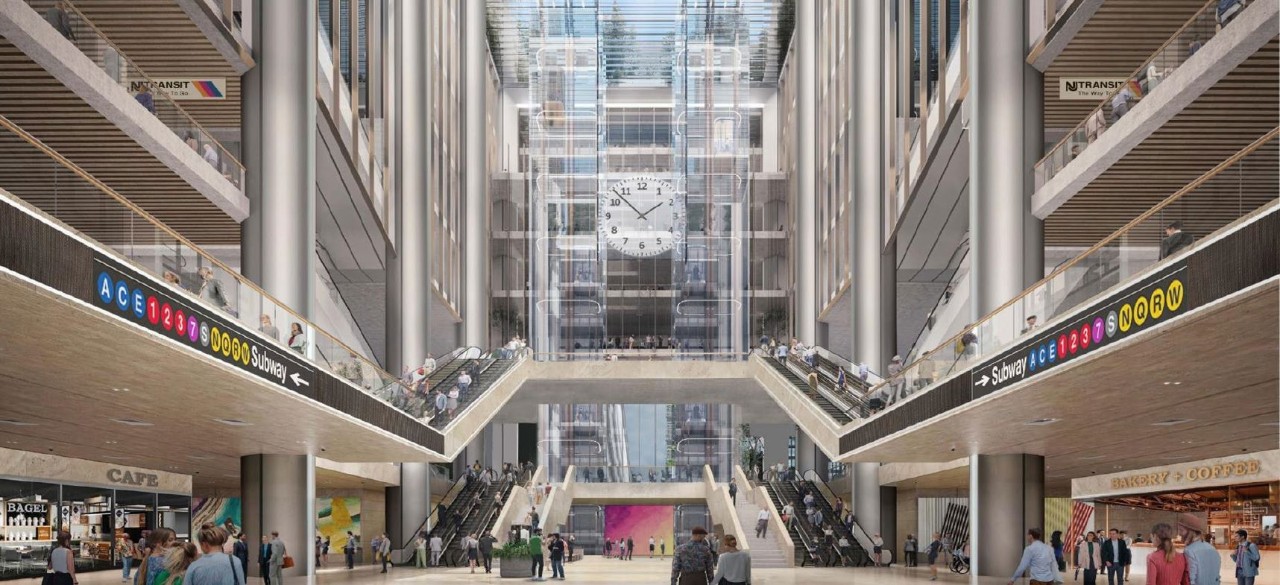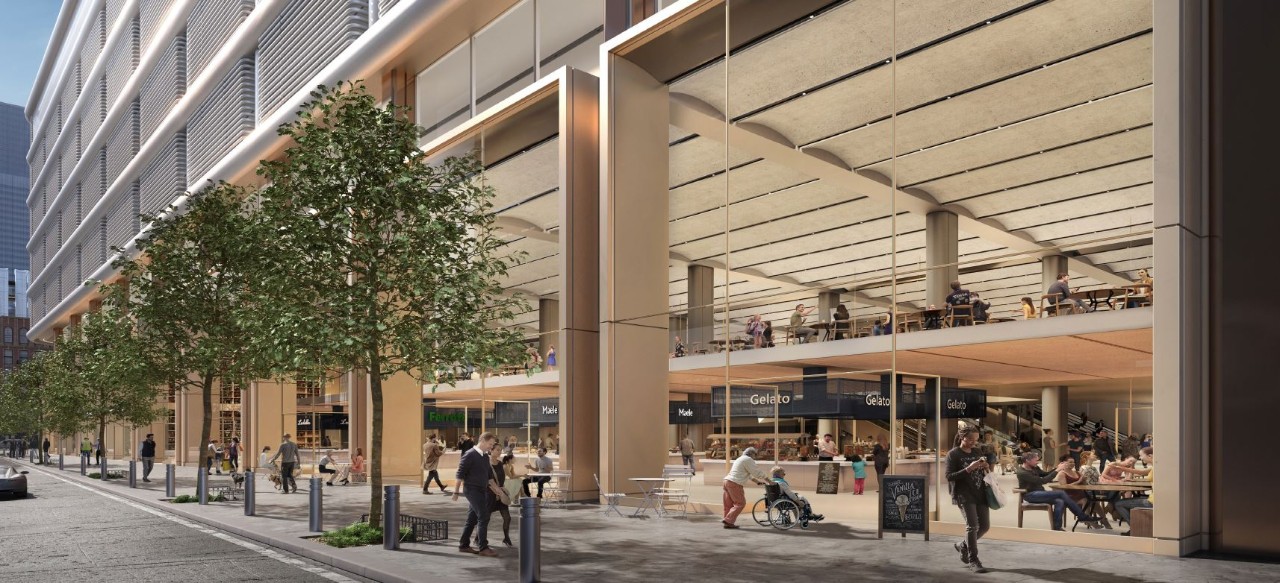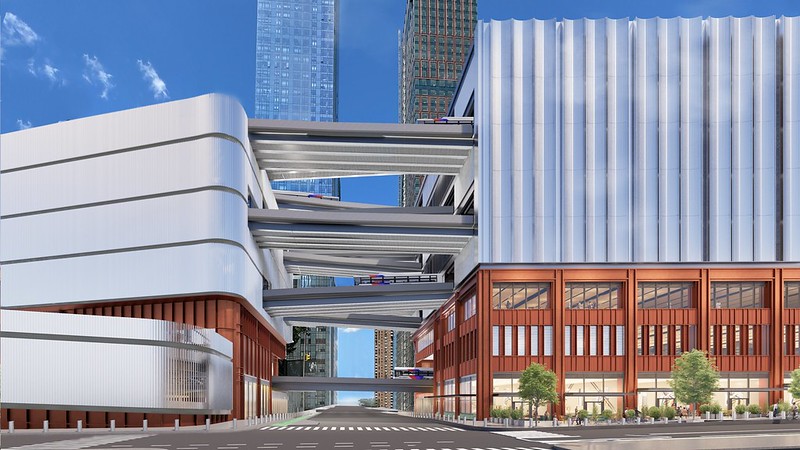A Modern Midtown Bus Terminal Rises in the Heart of Manhattan
The Port Authority of New York and New Jersey is redeveloping the Midtown Bus Terminal — transforming an aging facility into a world-class transportation hub designed to serve the region for decades to come.The project reflects extensive collaboration with commuters, local residents, elected officials, and transportation experts. A new bus staging facility will open first to temporarily serve passengers while the new main terminal is built.
Project Highlights
- More space for buses to meet future demand
- Modern amenities for a smoother passenger experience
- Bold architecture that unites both wings of the terminal
- 3+ acres of public open space
- Street-level restaurants and retail to create a vibrant, walkable environment
- Service will continue throughout construction.
Designed for commuters and the community
- Better subway access and improved wayfinding
Fully ADA-accessible
No idling buses on city streets
Less congestion and pollution in nearby neighborhoods
Inspiring public art
Safer, more walkable streets with active retail
Built for the future
- LEED-certified, clean construction
Charging infrastructure for electric buses
New bus staging and storage to keep city streets clear
Modern ramps to reduce backups in the Lincoln Tunnel
By the Numbers
Explore the Project
The Main terminal
The main terminal, which will be erected on the site of the existing bus terminal, will be the centerpiece of the new Midtown Bus Terminal. The project—including the permanent closure of a portion of 41st Street between Eighth and Ninth avenues, a central main entrance, more street-facing retail and a soaring multi-story indoor atrium — will enhance both the commuter experience at the world’s busiest bus terminal and the community surrounding the facility.
Storage and Staging Facility
One of the most critical components of the new Midtown Bus Terminal will be a dedicated space for buses to wait when not in use, which will reduce traffic on city streets and on the Lincoln Tunnel. The Storage and Staging Facility will create indoor storage for up to 350 buses, improving traffic flow, eliminating the need for buses to idle or park on city streets, and serving as a key connection between the new terminal, ramp structure, and the Lincoln Tunnel. The facility will serve as a temporary bus terminal during construction of the new main terminal.
A New Ramp Structure
An innovative ramp structure will allow buses to move into and out of the above-grade bus levels of the replacement facility to and from the Lincoln Tunnel. This streamlined connection will improve traffic flow, reduce congestion on city streets, and enhance overall operational efficiency.
Deck Overs
The deck-overs that will cap the below-grade Dyer Avenue roadway will be critical to constructing the new Midtown Bus Terminal. At the end of construction, the open space on top of the deck-overs will become publicly accessible green spaces.


